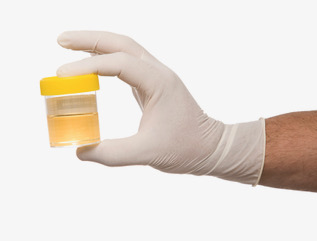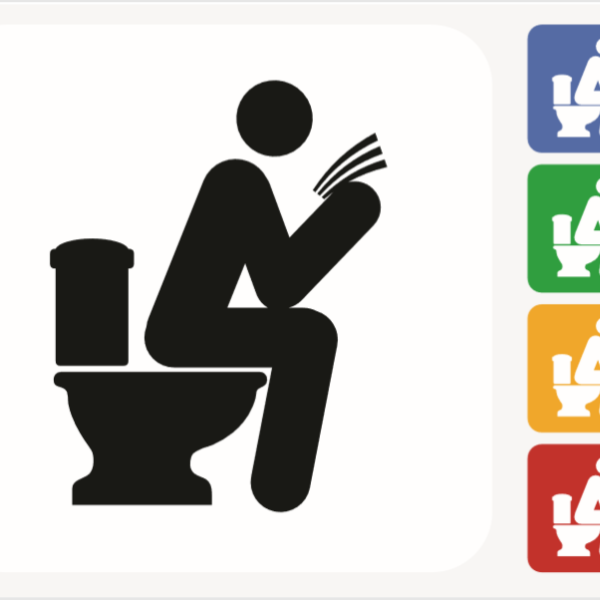Urinary 8-hydroxy-2′-deoxyguanosine (8-OHdG) is an excellent biomarker of oxidative stress and a risk factor for a variety of diseases, including cancer. Reactive oxygen species (ROS) are produced as a result of normal oxygen metabolism or exposure to xenobiotics. Excessive levels are associated with oxidative damage to lipids, proteins and DNA. ROS-induced damage to nuclear and mitochondrial DNA occurs readily at the guanosine bases that are removed by DNA repair mechanisms and excreted in urine. 8-OHdG is the most frequently detected and studied oxidized nucleoside of DNA that is considered to be premutagenic due to its potential for initiation and promotion of carcinogenesis. Bladder and prostate cancers have been associated with elevated levels of 8-OHdG.
Oxidative stress and ROS-induced elevations of 8-OHdG have been associated with numerous pathological processes including cystic fibrosis, atopic dermatitis, rheumatoid arthritis, pancreatitis, chronic hepatitis, inflammatory bowel disease, and neurological diseases such as Parkinson’s, Alzheimer’s and Huntington’s. Elevated levels of 8-OHdG also have been associated with hyperglycemia and have been positively correlated with HbA1c and the severity of nephropathy and retinopathy in diabetics. Environmental factors, lifestyle choices such as smoking and recreational drugs, and some pharmaceuticals have also been associated with elevated urine levels of 8-OHdG. Known environmental factors include exposure to ionizing radiation such as indoor radon, asbestos, toxic metals and metal fumes such as manganese, chromium and vanadium, diesel exhaust, benzene, styrene, toluene and zylenes. In grade school children exposure to toxic or carcinogenic metals released from coal-fired power plants as assessed by measurement of elements in urine was significantly correlated with urine levels of 8-OHdG. Moderately elevated levels of 8-OHdG have been associated with inadequate intake of carotenoids, antioxidant-rich foods and supplemental antioxidants. A finding of an elevated level of 8-OHdG in a first morning urine void warrants identification of the sources of oxidative stress/inflammation and assessment of the primary intracellular antioxidant glutathione. The efficacy of therapeutic intervention to ameliorate oxidative stress should be monitored by subsequent retesting of urine 8-OHdG and glutathione levels.
Turnaround Time: 5-7 days once the lab receives the specimen.
(May take longer based on weather, holiday or lab delays)


